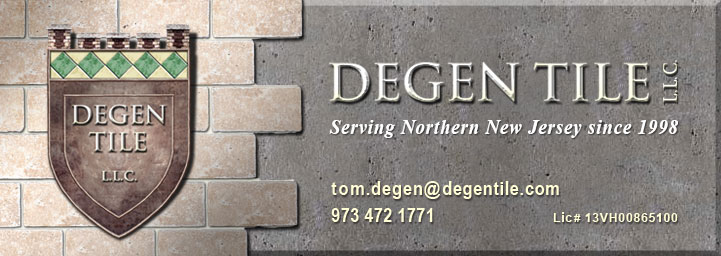61 Delawanna Avenue
Clifton, NJ 07014
ph: 1-973-472-1771
tom
About tile...
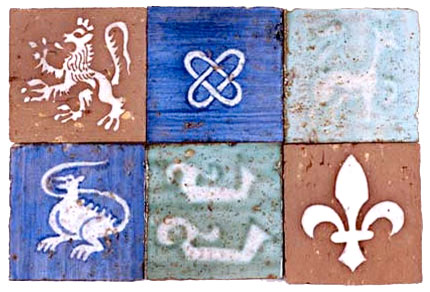
18th c. Terra Cotta tiles from Brittany
Why tile?
For more than four thousand years, tile has been sought after for its beauty and durability. Today you can enjoy a variety of tiles to choose from, including ceramic, natural stone, glass—and even metal.
But all tiles don’t share the same properties: some are resistant to seasonal climate changes, and are therefore better suited for the outdoors. Others will present a wider range of styles and colors, but will work better indoors. In the end, knowing what will work the best for you can be daunting. That’s why it is important to have an expert like Tom help you with the types of tile and materials that would be best suited for your very need.
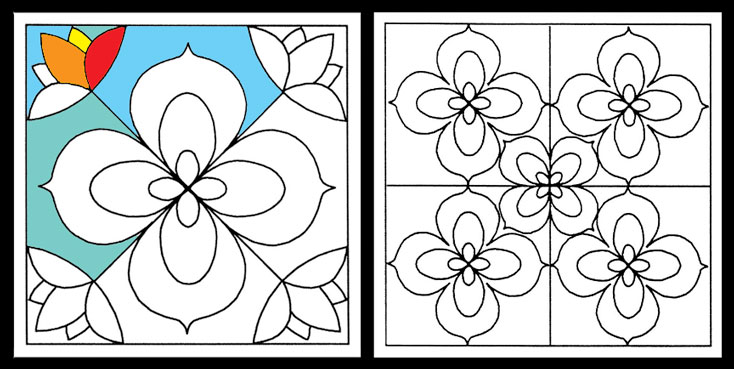
Some tiles can feature your own design, pattern and colors.
A brief history of tile
Ceramic tiles were among the first ceramic articles created. Ceramics are derived from mixtures of clay and other inorganic materials, such as sand and natural minerals. Once combined, they are shaped to fit their purpose and fired at high temperature.
Ceramic tiles were first produced without any glaze or surface covering—such as Terra Cotta. The names of the tile maker were sometimes carved on tiles, along with other words and messages. Babylonian writings, for example, were carved on tiles, then fired and preserved.
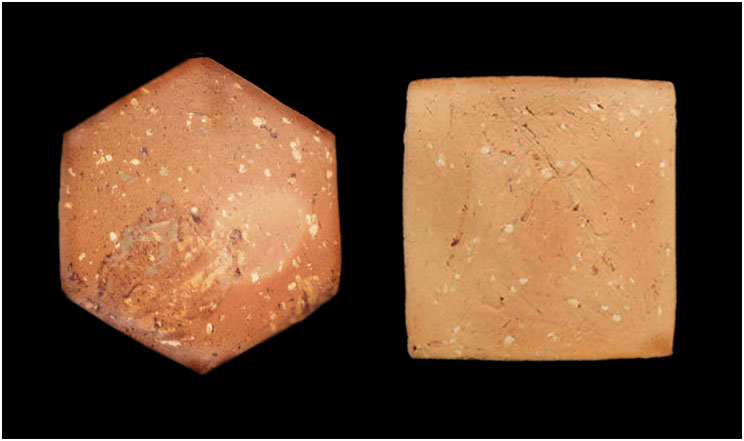 Old fashion Terra Cotta tiles (Earthenware)
Old fashion Terra Cotta tiles (Earthenware)
With the first techniques of glazing, tile became decorative items. Because it combined beauty, mechanical strength and durability, ceramic tile quickly became the material of choice for homes and palaces, from floors, roofs and walls to baths and pools. Perhaps the first remarkable instance of glazed tiles is the Ishtar Gate of Babylonian King Neburchasnezzar II (575 B.C.).
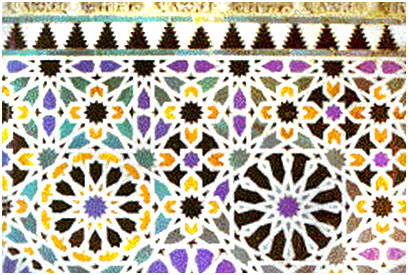
Traditional Spanish mosaic tiles
Although roof tiles have been found in Greece more than 4,000 years ago, glazed and decorative tiles or bricks are first known to have been produced in Ancient Masopotamia and Egypt. From there, the tradition spread to Persia and across North Africa. The Moors introduced it to the Iberian Peninsula: in Spain and Portugal (giving birth to Azulejos tiles).
It was on board the ships of Spanish conquistadors that decorative clay tiles found their way to the New World, where they were mainly used to decorate churches.
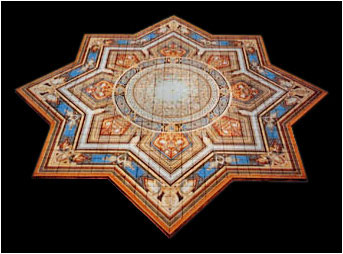
The first decorative tiles to appear in Colonial North America were imported from Northern Europe—mainly England (the British had stolen the technology from the Dutch). But they were too expensive for utilitarian purposes, and therefore used almost exclusively in the homes of the wealthy.
Today, the properties of the earliest glazed and unglazed tile have been improved: infinite decorative possibilities, increased functionality and longevity...
With a superior hygienic level, the modern tile is also better for our health.
That’s why, for instance, it has become the material of choice of hospital surgical rooms as well as industry, where walls and floors must be resistant to germs, bacteria and chemicals. It has also become the material of choice for our homes: no longer limited to the upper class, the vast variety and affordable cost have made tile available to everyone. How many modern homes in the United States do not include a tiled bathroom?

These sandstone and lavastone tiles are actually made of ceramics
Ceramic, stone or glass?
Your choice of materials depends on many factors, beyond the aesthetics and the lasting durability. Before you start you may want to ask yourself some of the following questions:
• Where and how (purpose) will it be used?
• What are the decorative properties I am looking for?
• What is my budget as well as my personal preference?
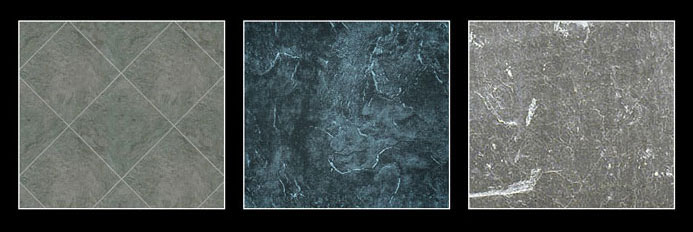

Slate tiles present a wide variety of colors and texture.
Ceramic tile, including porcelain tile, is the most commonly used of all the materials. It is durable and comes in many different styles. Some patterns can even mimic stone, without the need for sealant.
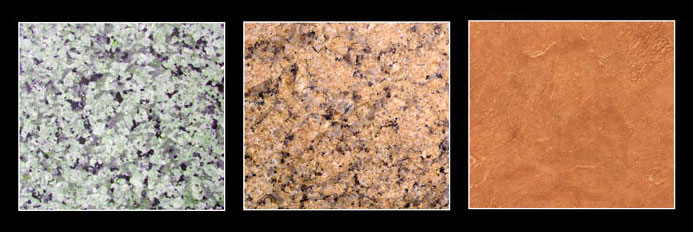
Granite and terracotta tiles
One of the most attractive qualities of stone is that it is not manufactured like tile; it is cut and finished as it is created by nature. The color and veining are existing attributes. The limitations are only based on the manufacturer techniques used to cut and finish. However it is important to be aware that all stone materials are very porous therefore not stain resistant unless it is sealed.

Marble: the tile family Royalty
Glass tile has recently made a huge comeback. Many glass tiles are made from recycled materials. Innovations in manufacturing and technology have made glass tile a reasonable surface option for the home. The versatility of glass tile allows the material to be used with traditional and modern design alike.
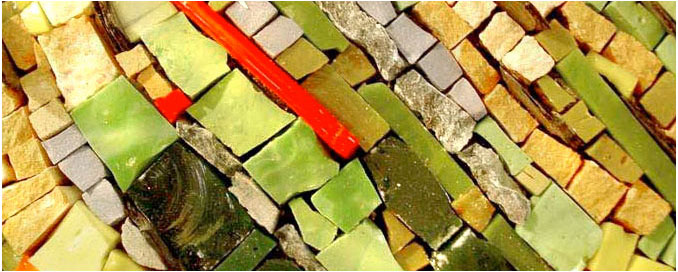
Mosaics are often made of glass tiles
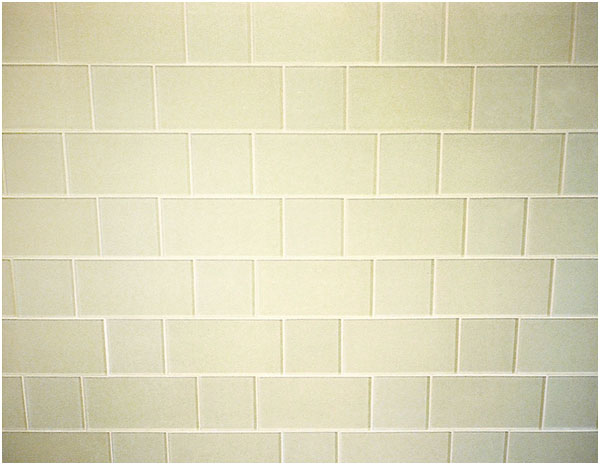
Simple beauty of ceramic tiles
61 Delawanna Avenue
Clifton, NJ 07014
ph: 1-973-472-1771
tom
